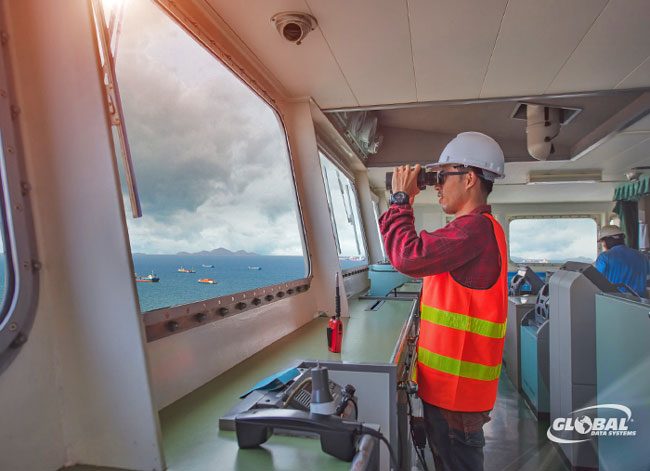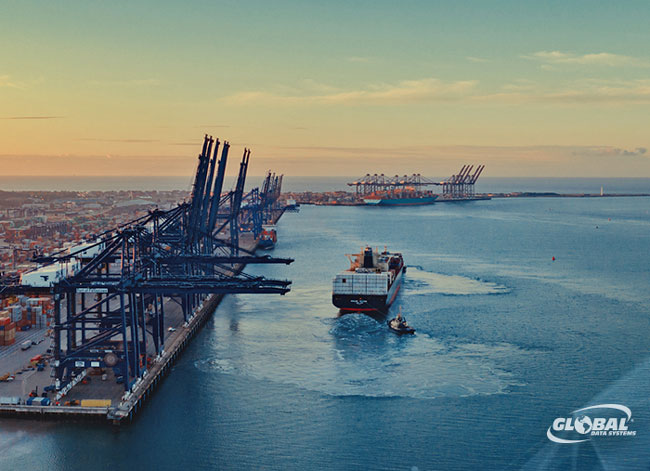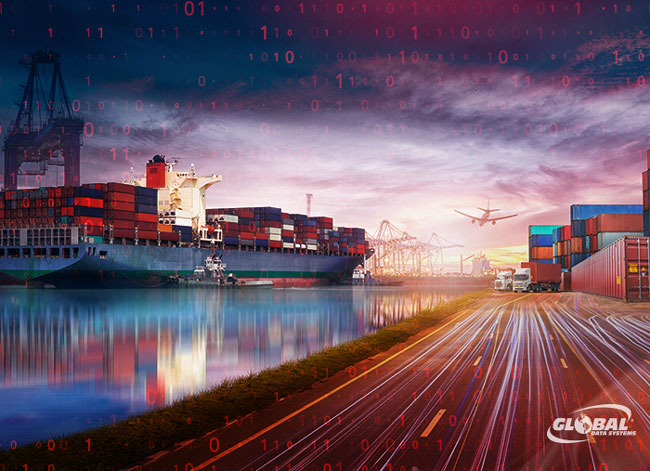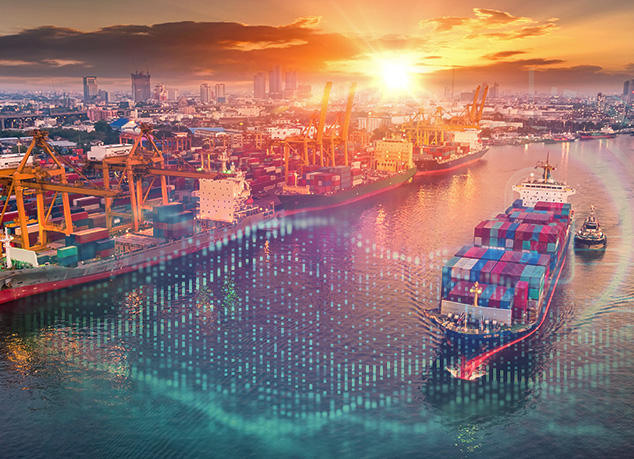The Gulf of Mexico has long been one of the U.S.’s primary energy sources, accounting for significant shares of the country’s crude oil and natural gas production. It now also figures prominently in plans for the increased development of wind energy.
Maritime
One of the biggest dilemmas organizations face is whether to manage IT in-house or to outsource to a managed services provider (MSP). In-house IT management often seems like a good idea. The organization maintains control over IT processes and can prioritize support according to business needs.
The inland marine sector is increasingly reliant on computing technology. Tugboat and towboat operators use an array of systems and applications to automate processes, track cargo and collect valuable data on the performance and maintenance of their vessels. While some of these systems are housed on board, others are hosted in shoreside data centers and the cloud.
Ransomware and other cyberattacks targeting the global maritime shipping industry have increased by 900 percent over the past three years, according to the World Economic Forum. The numbers reflect both the increasing value of maritime targets as well as the unique challenges of securing ship-borne IT systems.
The maritime industry is increasingly reliant on IT systems for day-to-day operations. While IT helps optimize costs, increase efficiency, enhance safety and more, it also comes with a greater risk of cyberattacks. The rapid evolution of the IT environment and connectivity between IT and operational technology (OT) systems only adds to the potential vulnerabilities and threats in the maritime sector.





